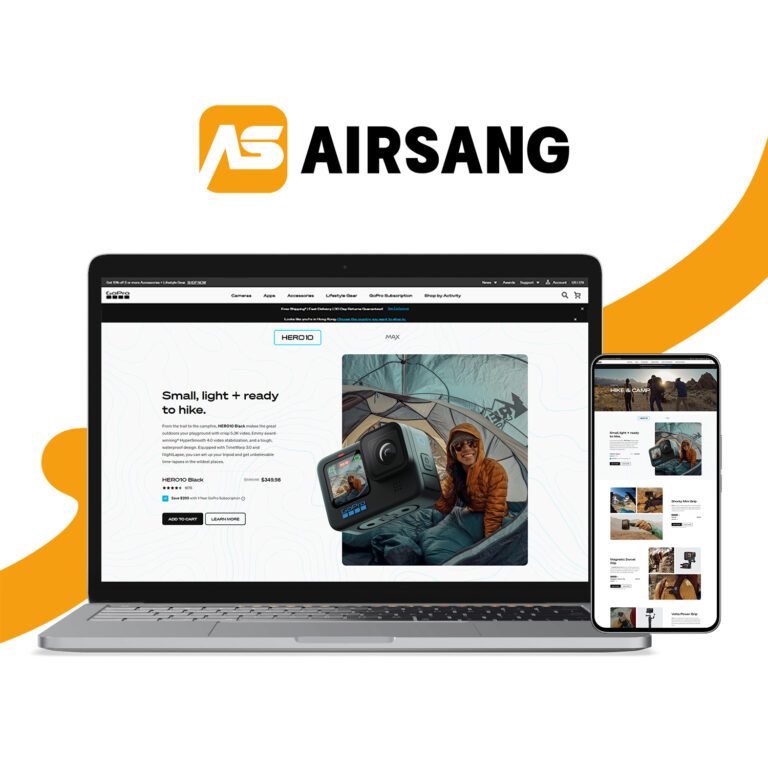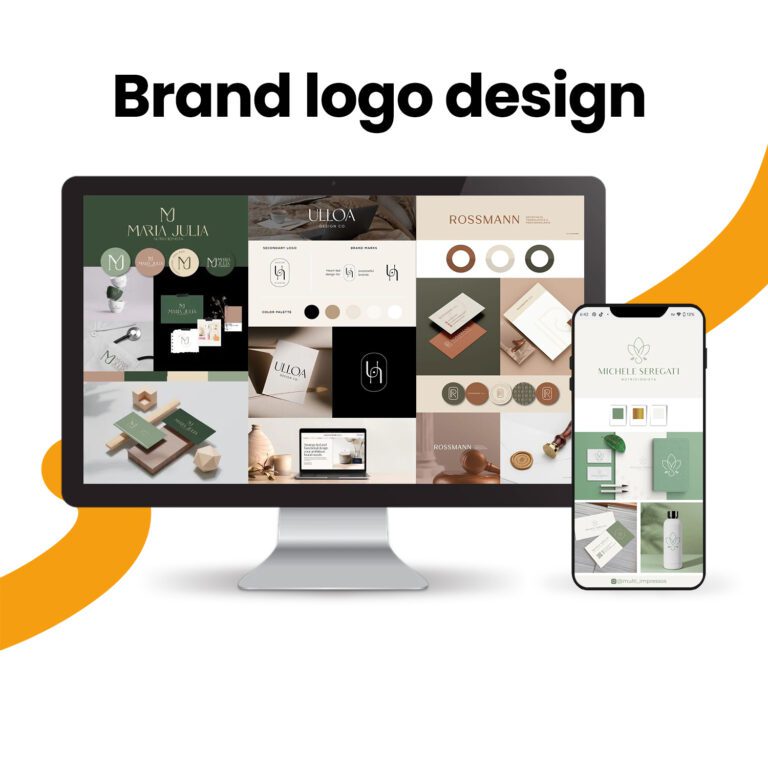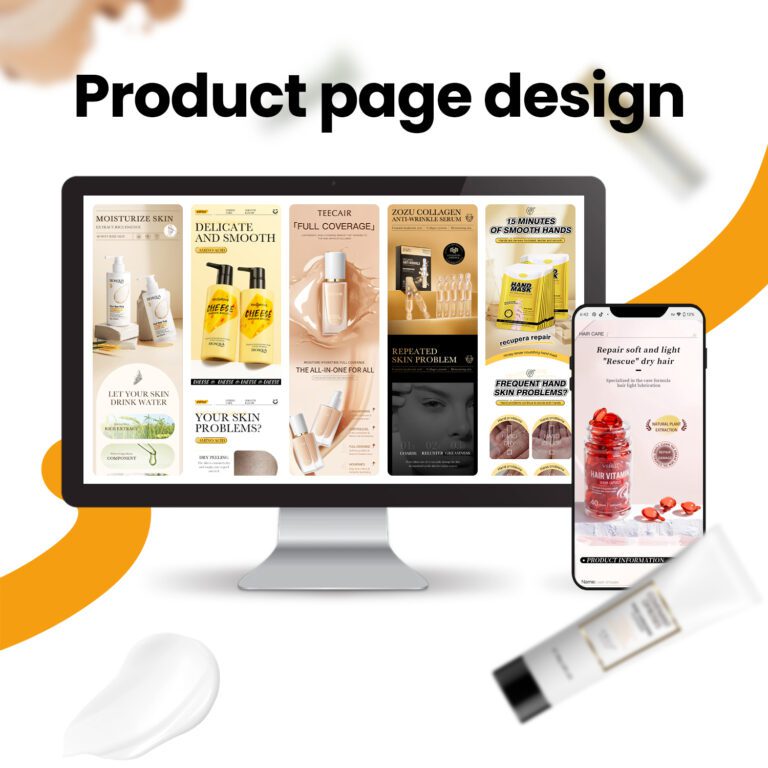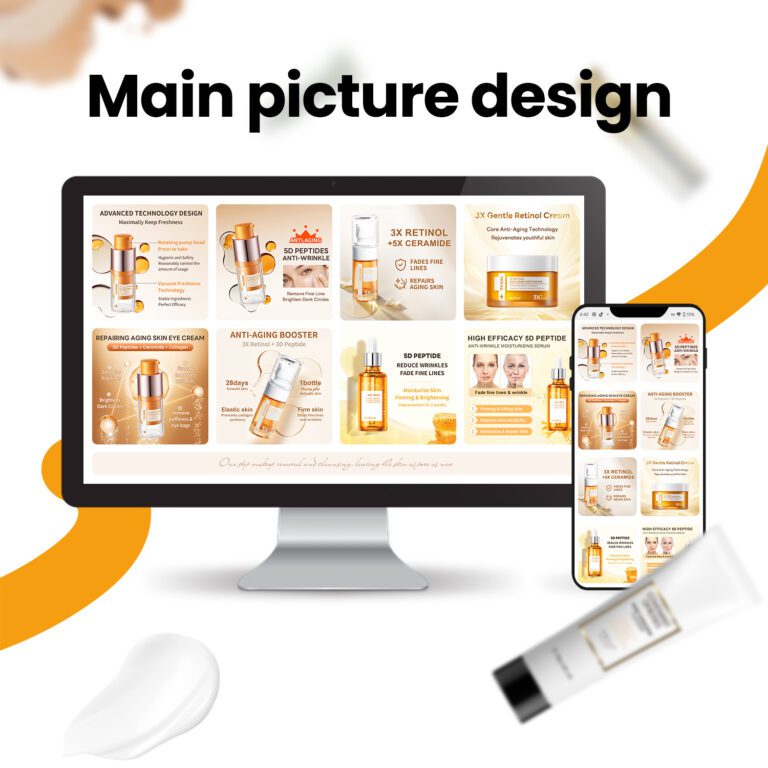How to Build a Shopify Store That Sells

Introduction
To build a Shopify store is more than uploading products—it’s about shaping your brand’s future in eCommerce. A successful store blends strategy, professional design, and seamless user experience to stand out in a competitive digital world.
Why “Build Shopify Store” Matters
More Than Just an Online Shop
When people search for build Shopify store, they’re not only seeking a platform to sell products. They want a system that represents their brand, builds credibility, and scales with their business. Shopify makes it easy to start, but standing out requires thoughtful design and expert guidance.
Shopify as a Growth Platform

- Ease of Use: Shopify’s interface allows quick setup.
- Scalability: From small shops to enterprise-level, Shopify adapts.
- Global Reach: Built-in tools for international sales expand your audience.
- Design Freedom: With custom themes, apps, and integrations, you can transform functionality to meet your unique goals.
Step 1: Strategy Before You Build a Shopify Store
Understanding Your Market
Building a Shopify store without market insight is like constructing a house without blueprints. Research ensures your design matches customer expectations.
Audience Analysis

- What design style resonates with your buyers?
- Are they young, trend-focused shoppers or professional buyers seeking reliability?
- Do they value minimalistic layouts or rich visuals?
Competitor Research
- Study top Shopify stores in your niche.
- Identify what design patterns succeed.
- Look for gaps you can fill with better user experience.
Step 2: Design as the Core of Shopify Success
Visual Storytelling That Converts
Customers connect with stories. When you build a Shopify store, your visuals should do more than decorate—they should narrate your brand.
Hero Banners
- First impressions matter.
- Use lifestyle images that showcase real product usage.
- Add value-driven headlines to guide customers into action.
Product Imagery
- Crisp, high-resolution images build trust.
- Include zoom, 360-degree views, and lifestyle shots.
- Keep backgrounds clean to emphasize products.
Navigation That Feels Effortless
A well-structured navigation makes shopping intuitive.
Menu Design
- Limit top-level categories for clarity.
- Use drop-downs for deeper browsing.
- Highlight seasonal collections or bestsellers.
Search and Filters
- Advanced search bars improve discovery.
- Filters by size, color, or price help customers find what they want quickly.
Layouts That Guide Buyers
Design layouts are not just about beauty—they are sales funnels.
Homepage Essentials
- Hero section with a clear call-to-action.
- Product highlights to feature bestsellers.
- Testimonials and reviews for trust signals.
Collection Pages
- Grid layouts that balance imagery with information.
- Quick-view options for smoother browsing.
- Breadcrumb navigation for orientation.
Step 3: Checkout Optimization When You Build a Shopify Store
Simplifying the Path to Purchase
Every additional click risks cart abandonment.
Essential Checkout Practices
- Limit checkout steps.
- Offer multiple payment gateways.
- Provide guest checkout for speed.
Trust Signals
- Display secure payment icons.
- Highlight shipping and return policies.
- Use reviews near the checkout to reinforce confidence.
Beyond the Checkout Page
Thank You Pages That Sell
- Upsell related products.
- Invite users to subscribe for discounts.
- Encourage social media follows.
Post-Purchase Communication
- Automated email confirmations with branding.
- Personalized follow-ups to build loyalty.
- Referral incentives to create organic growth.
Step 4: How Design Expertise Elevates Shopify
Why Templates Aren’t Enough
Shopify templates are great starting points, but they lack the tailored detail your brand deserves. Custom design ensures your store looks unique and optimized for conversions.
Tailored Branding
- Align colors, fonts, and visuals with your story.
- Consistency across all pages strengthens recognition.
Performance Matters
- Optimize images for faster load times.
- Keep layouts lightweight for mobile responsiveness.
- Balance animations with usability.
Common Mistakes to Avoid When Building a Shopify Store
Overloading with Apps
Too many apps slow down performance and create clutter. Use only essential tools.
Ignoring Mobile Users
More than half of eCommerce traffic is mobile. Failing to optimize layouts for small screens means lost revenue.
Poor Product Descriptions
Design alone can’t sell. Copywriting must highlight benefits and solve customer pain points.
Step 5: Future-Proofing Your Shopify Store
SEO Integration
SEO ensures your Shopify store ranks in search engines.
- Use descriptive alt tags for images.
- Create blog content around keywords like build Shopify store.
- Optimize product titles and meta descriptions.
Scalability Planning
- Choose apps that integrate with future marketing strategies.
- Build flexible page templates for upcoming launches.
- Plan for international shipping early.
Case Studies: Lessons From Professional Store Design
Fashion Industry Example
A fashion brand needed more than a template. Custom navigation highlighted seasonal collections, while a bold hero banner told their story. Result: a 35% increase in conversions.
Home & Living Example
For a home décor brand, storytelling mattered most. Product pages included lifestyle photography, while checkout pages displayed eco-certifications. Result: improved trust and higher repeat purchase rates.
Conclusion
To build a Shopify store is to create a digital foundation for your business. From strategic planning and visual storytelling to checkout optimization and future-proofing, every step requires careful thought and professional execution.
A well-designed Shopify store doesn’t just sell products—it builds trust, loyalty, and long-term growth.
If you’re ready to elevate your eCommerce journey, AIRSANG provides expert Shopify design services that transform digital stores into high-performing sales platforms.
















